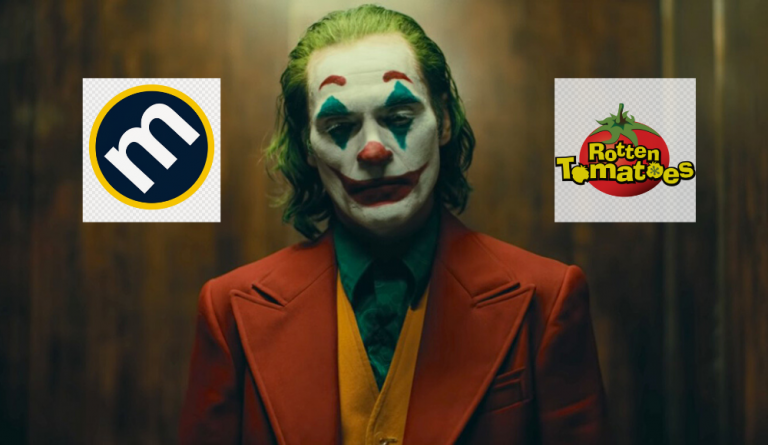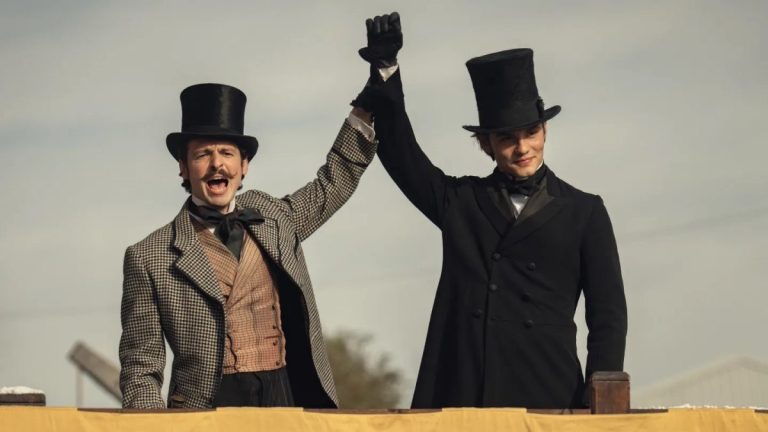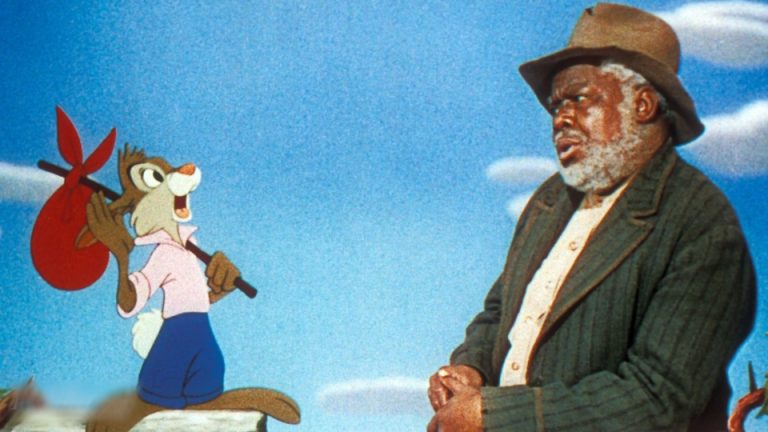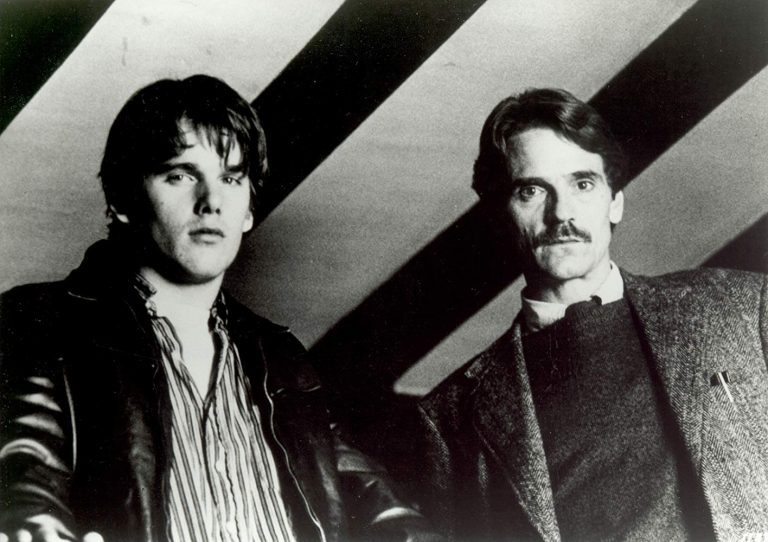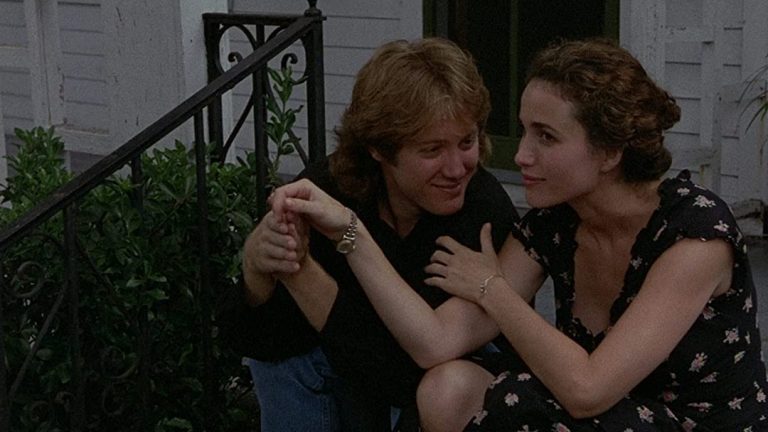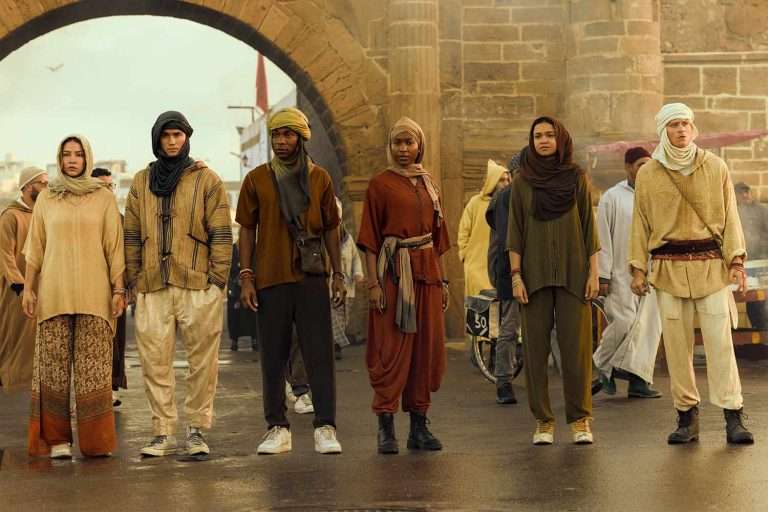While adopting new technologies plays a crucial role in modern animation films, as digital tools, such as flashy CGI and VFX-laden animation open new creative opportunities, another important trend is developing in parallel: a renowned appreciation for handcrafted, unique, and genuine animation that requires human touch and cannot be achieved through pure technological excellence. This trend draws even more attention from the creator and their audiences with the current rise of generative AI. We discussed these trends and the state of modern animation with Victor Ens, a character animator and storyboard artist with over 20 years of experience, including work on award-winning titles such as The Breadwinner (2017) or Klaus (2019), as well as collaborating with acclaimed directors including Sylvain Chomet, Nora Twomey, and Sergio Pablos and working at renowned studios, such as Studio 352, SPA Studios.
In today’s animation landscape, the rise of cutting-edge technologies, like CGI and generative AI, coincides with a renewed appreciation for handcrafted, emotionally rich animation. Why do you think this trend toward more human-centered animation is gaining momentum?
While there are certain technologies, such as AI-assisted tools that can produce entire animated sequences at the click of a button, however efficient and precise they may be, they cannot replace human emotion and storytelling. This is why I focus on creating authentic stories that emotionally resonate with the audience. While keeping up with this standard can be tight in commercial environments, which require animators to work under tight deadlines, I do my best to retain them and teach the animators I supervise to do so, learning from the examples of classic animations.
As you mentioned, examples of classic animations, you started your own career as a self-taught animator, learning by tracing classical work frame by frame and exploring core animation principles. How did this method of learning shape your creative philosophy and impact your further work?
I see animation as a medium that provides an artist with immense opportunities to convey a wider range of emotions that resonate with younger and adult audiences alike. However, to use these opportunities initially, an animator should command practical skills that are rooted in understanding basic animation principles, studying classical works, as well as the artist’s personal experiences. And these principles are learned in a hands-on, practical way, often through trial and error. While technical excellence and overall quality play a crucial role in forming the impression the animation film makes on the audience, telling a compelling story requires more than that.
Over the years, the approach you describe crystallized into an original performance-driven animation method, which you have applied while working on different films, like The Illusionist (2008), and later Song of the Sea (2014). Both The Illusionist and The Song of the Sea received positive feedback from the critics and were nominated for Best Animated Feature at the 83rd and 87th Academy Awards, respectively. What inspired this approach, and what does it mean in practice?
The work on these projects taught me to find the right means to convey emotions and feelings, while keeping up with high quality standards and tight deadlines. Every gesture and expression, however small it may be, carries its meaning, expresses the emotional depth, and plays its part in shaping the rhythm of the story. In each of these animations, I focused on telling a compelling, emotional story through small gestures, details, and other means of expressing the genuine emotions of the characters. For instance, The Illusionist tells the story of an illusionist who visits an isolated Scottish community and encounters a young girl who believes him to be a real magician. The story of Song of the Sea is inspired by Irish mythology. Both works are deeply rooted in human emotions and personal stories, and I always strive to find effective means to convey them through animation.
One of the most renowned applications of your method is your work as a Supervising Animator on Klaus, where you personally animated a substantial portion of the titular character and helped shape its design, emotional range, and movement style in collaboration with the director. Your immense workload not only resulted in meeting all the deadlines, but was critical to the film’s success, illustrated by multiple nominations including nomination for Academy Awards as Best Animated Feature, as well as 97% rating on Rotten Tomatoes. What were the creative and production challenges you faced, and how did you approach them?
In Klaus, one of my goals was to find subtle ways to convey the complex emotions and interactions of the characters, such as pain mixed with rage in the beginning of Klaus’s story or the contrast between Klaus and another character, Jesper, through their gestures and movements, which make the dialogue feel alive. Often, it required trying out several versions and experimenting with different perspectives, but the effort always pays off.
It is also important to note that in such projects, solving creative issues is inseparable from very practical and commercial tasks. For instance, in the final stages of working on Klaus, when accumulated delays and deadline pressures started to threaten the film’s release schedule, I took on an exceptional workload to ensure timely delivery, far exceeding typical animation output. For instance, in the final three months alone, I animated 93 seconds of finished animation, which represents a 55% productivity increase compared to the industry average of 45-60 seconds over the same period.
That is an impressive amount of work! And the critical acclaim received by Klaus is a living proof of how your approach helps animators to add psychological depth to their characters and establish a foundation for creating animations that resonate with the audience on multiple levels. In addition to your own animation work, you’ve mentored younger animators as a Supervising Animator or Senior Animator in your more recent projects, such as The Breadwinner (2017) and aforementioned Klaus (2019). What are the most important lessons you try to pass on to emerging animators?
First and foremost, I want to show them practical ways to achieve better results both regarding the artistic quality of their work and its production value. Today’s animation industry has become a highly competitive field, with increasing demands for anyone who wants to build a career in it. Consequently, aspiring animators need to learn how to balance their creative vision with the real-life circumstances they are working in, such as the requirement to meet a deadline or work as part of a team.
After succeeding with your work, receiving multiple awards, and amassing millions of views on platforms like Netflix, Amazon Prime, and Apple TV, what do you plan for the next chapter of your career? What motivates you to expand into story development and create your own films?
I plan to go beyond my current roles in animation, expanding into story development and narrative creation, bringing positive impact to the entire lifecycle of a creative project, from story conception to final animation, and eventually creating my own films. I want my work to become an example of what is possible to achieve in modern 2D animation. And I also hope that it will inspire other animators to tell their stories in their unique ways, not limited by technological or artistic trends.

